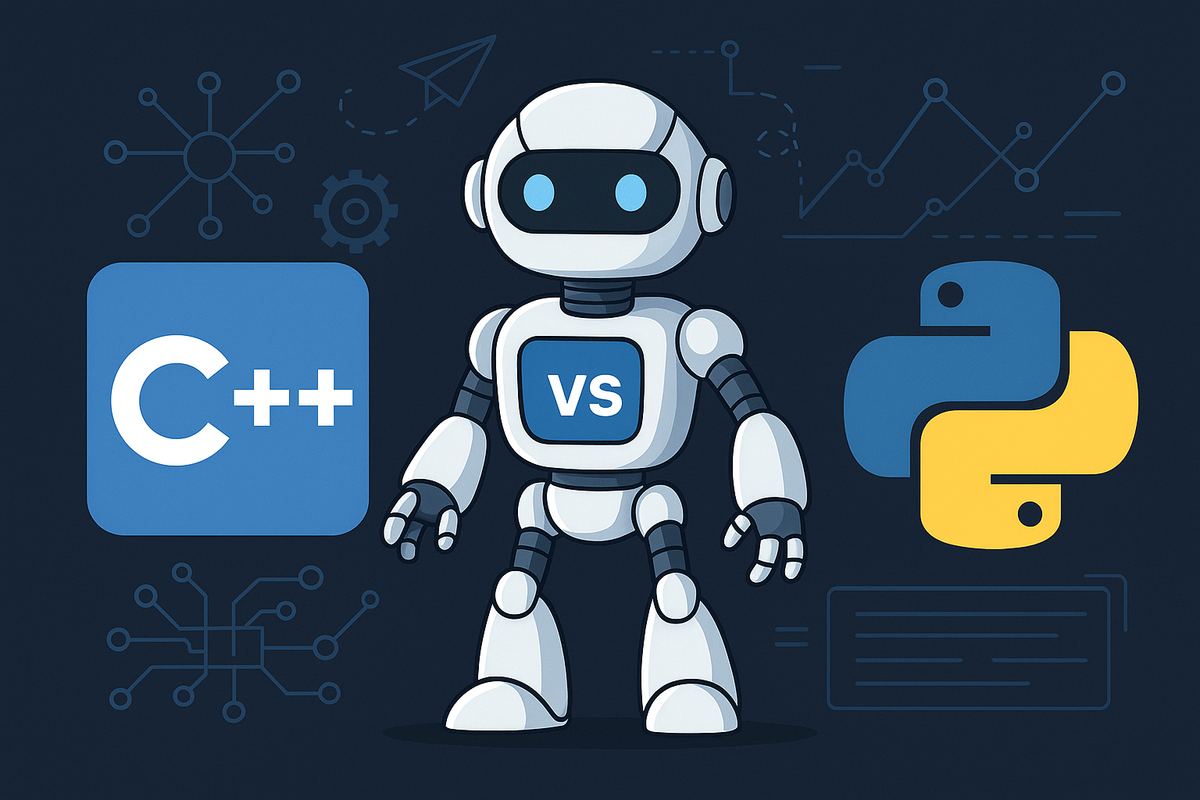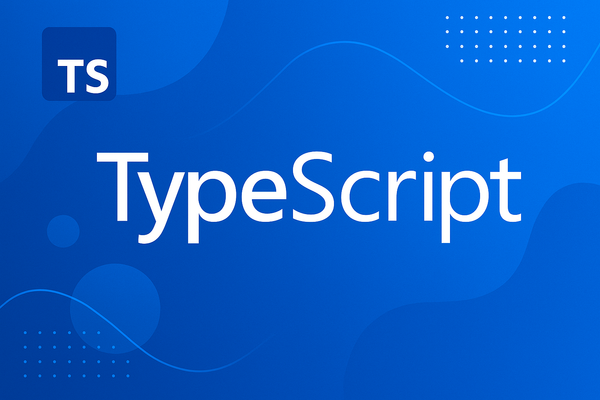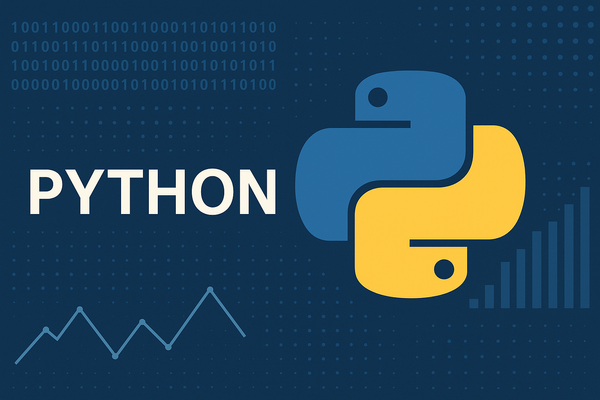ROS with C++: Power, Performance, and How It Differs from Python

The Robot Operating System (ROS) has become the backbone of modern robotics. It provides a flexible framework for building robot applications, from autonomous vehicles to robotic arms in factories. While many beginners dive into ROS using Python, C++ remains the language of choice for performance-critical applications. So what makes ROS with C++ different, and why should you consider it?
Why C++ for ROS?
Both Python and C++ are officially supported in ROS, but they serve different needs.
- Performance: C++ nodes are compiled into machine code, making them significantly faster than Python scripts. When you’re controlling motors, processing high-frequency sensor data, or running real-time algorithms, that extra performance matters.
- Real-Time Safety: C++ allows developers to write real-time safe code, essential for safety-critical robots such as drones or surgical robots.
- Advanced Libraries: Many ROS packages, especially those for path planning, control, and SLAM (Simultaneous Localization and Mapping), are written in C++. Working in C++ makes extending or customizing them more natural.
- Fine-Grained Control: With C++, you can directly manage memory and system resources—something Python abstracts away. This is critical in embedded robotics, where hardware resources are limited.
On the other hand, Python excels at rapid prototyping. Writing a publisher or subscriber in Python takes fewer lines, making it ideal for learning ROS concepts or building quick prototypes.
Example: A Simple ROS Publisher
Here’s a comparison of a simple publisher node in C++ vs Python. Both publish a string message to a topic called /chatter.
C++ Publisher (talker.cpp):
#include "ros/ros.h"
#include "std_msgs/String.h"
#include <sstream>
int main(int argc, char **argv) {
ros::init(argc, argv, "talker");
ros::NodeHandle n;
ros::Publisher chatter_pub = n.advertise<std_msgs::String>("chatter", 1000);
ros::Rate loop_rate(10);
while (ros::ok()) {
std_msgs::String msg;
std::stringstream ss;
ss << "Hello ROS with C++ at " << ros::Time::now();
msg.data = ss.str();
ROS_INFO("%s", msg.data.c_str());
chatter_pub.publish(msg);
ros::spinOnce();
loop_rate.sleep();
}
return 0;
}
Python Publisher (talker.py):
#!/usr/bin/env python3
import rospy
from std_msgs.msg import String
def talker():
pub = rospy.Publisher('chatter', String, queue_size=10)
rospy.init_node('talker', anonymous=True)
rate = rospy.Rate(10) # 10 Hz
while not rospy.is_shutdown():
msg = f"Hello ROS with Python at {rospy.get_time()}"
rospy.loginfo(msg)
pub.publish(msg)
rate.sleep()
if __name__ == '__main__':
talker()
Notice the difference:
- The C++ version is more verbose, but gives fine-grained control and compiles for efficiency.
- The Python version is shorter, easier to read, but slower in execution.
Key Takeaways
- Use Python if you’re learning ROS, prototyping quickly, or building non-critical systems.
- Use C++ if you need performance, real-time safety, or direct integration with lower-level robotics libraries.
- In real-world projects, teams often combine both: Python for high-level orchestration, and C++ for low-level, performance-critical tasks.
Final Word
ROS is language-flexible, but when performance and reliability are paramount, C++ is the winner. By mastering ROS in C++, you unlock the ability to build industrial-grade robotic applications that run fast, safely, and efficiently—giving you a powerful edge in robotics development.




